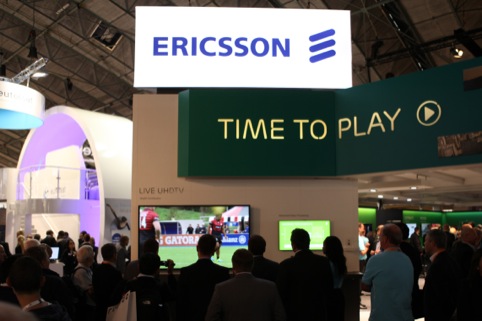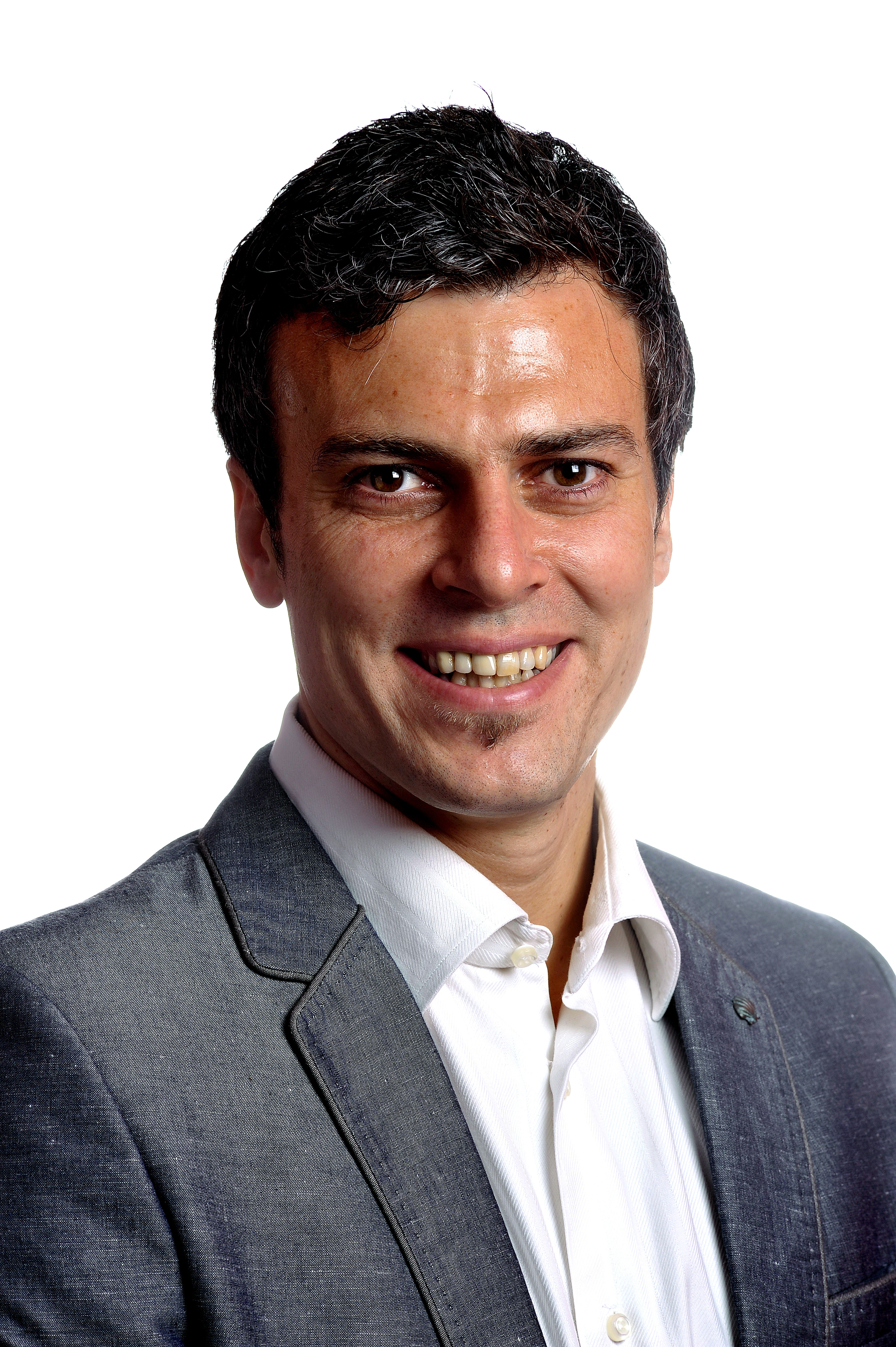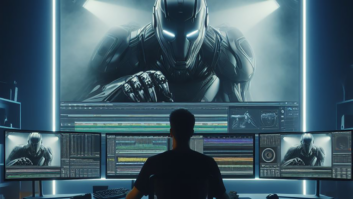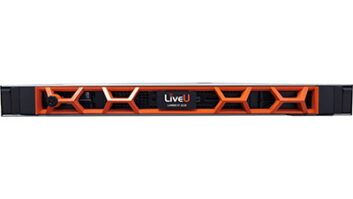
Ericsson has been instrumental in pushing 4K through its growing pains. Fabio Murra (pictured below), the company’s head of TV compression, portfolio marketing, sees 4K as the next logical step for industry capture and delivery
The television industry is currently undergoing a ground-breaking transition to an all-digital world, where HD quality is no longer a desirable feature but a consumer expectation. Viewers are now demanding a higher-quality service, irrespective of the platform or the delivery method. This represents a fundamental shift from simply viewing video content to experiencing it.
Broadcasters are looking to take another seismic step forward in the evolution of television broadcasting with the onset of 4K Ultra High Definition (UHD) TV, which offers a new exciting dimension to the industry. There are a number of parallels that can be drawn between the transition from SD to HD, and now HD to 4K UHDTV. In essence, we’re asking the same questions today as we did in 1998 when the first HDTVs went on sale. When HDTVs were first introduced, many consumers felt they were impractical and unsuitable for the living room. There were also concerns about the lack of content available in a new format.
HDTV is now a relatively mature technology and larger screens are commonplace. Viewers want high-quality content to enable the optimum television experience. According to an Informa Telecoms & Media report from last year, the proportion of global TV households watching HD programming is expected to grow from under 14% at the end of 2012 to almost 42% by the end of 2017. Although the process towards mass deployment may be gradual, 4K UHDTV is the natural next step in the evolution of TV services.
2014 is set to be a huge year for sport, with crowd-pulling live events such as the FIFA World Cup in Brazil and the Commonwealth Games in Scotland, helping to advance the technology even further. Sport is valuable premium content that consumers are willing to pay for and it acts as a fundamental driver towards eventual adoption in the home. Crucially, live sporting events also give TV service providers a quantifiable return on investment to justify the rollout. They are critical to driving greater demand from consumers and help to promote the technology’s profile and brand recognition further.
The 4K UHDTV journey
Ericsson was responsible for a number of high profile 4K UHDTV landmarks last year, including multiple live trials of the technology alongside partners such as Sky Sports, KT Skylife and MEASAT. This culminated with the world’s first live full multi-camera 4K UHDTV sports production and delivery at IBC2013. Ericsson partnered alongside BT Media, Intelsat, Sony and Newtec to transmit the game via satellite and fibre in ‘true’ 4K UHDTV resolution from London to Amsterdam. The combination of the higher spatial resolution (4x HDTV), 4:2:2 and 10-bit color depth, and higher frame rates at 60 frames per second delivered a truly stunning immersive experience for the viewers at the Ericsson stand.
We are continuing the 4K UHDTV journey at NAB this year, where visitors will have the chance to experience how a new premium tier of programming can be enabled, which will irrevocably transform the viewing experience for consumers.
These live demonstrations prove that TV service providers can build the necessary 4K ecosystems and a library of UHDTV content now, using today’s delivery infrastructure. This is a testament to the technological developments within the industry, proving that high-quality fast-moving images can be captured perfectly to offer a truly immersive television experience. Many of these successful trials were enabled thanks to our pioneering Ultra High Definition TV encoding system, which we first demonstrated live at an EBU technical seminar in Geneva early last year.
Our trials taught us how 4K UHDTV video compressed signals certainly require 4:2:2 chroma sampling and 10-bit depth. This is necessary to maintain the colour fidelity through the multiple encode/decode/re-encode stages and through multiple editing stages, while delivering truly astonishing results to large consumers’ sets.
This year we expect to see these foundations consolidated upon as we move closer towards the launch of the first commercial 4K UHDTV services. Although mass deployment is unlikely to take place until 2015, we will see on-demand services for movie content (streaming and downloads) appear this year and this will drive considerable demand for the format. Some services are already starting to appear on the market; Netflix is now offering a number of its key shows in 4K UHDTV via its video streaming service.
Getting it to the viewer
In order to bring this content to the end viewer, the broadcaster must first bring the content from the live event into their production flow in a cost and bandwidth efficient manner. To this end the standardisation of High Efficiency Video Encoding (HEVC) will be key to enabling 4K UHDTV in the home. In the future we expect HEVC to deliver 4K UHDTV in the same bandwidth that is currently required to deliver HDTV.

TV service providers need to find ways to make 4K UHDTV a truly compelling proposition compared to HDTV. To achieve this standard, we expect broadcasters to opt for a minimum of 60 frames per second for live TV, as it offers the best balance between cost and quality. Doubling the frame rate incurs an approximate 10-30 percent increase in bitrate usages, much lower in the compressed domain than the 100 percent for uncompressed video sources. With 4K screen sizes likely to be larger than HD displays, this refinement will take on a new level of importance as any interlace artefacts or image judder would be overtly noticeable with legacy interlace or low frame rate technology.
4K UHDTV is not about the spatial resolution of a single frame; it’s about enabling the consumer to take advantage of the most realistic experience from their video content. To deliver this next-generation TV experience, broadcasters will need to tune the whole media delivery chain, from the acquisition of high-value, high quality and truly immersive live content to its delivery to the home.
www.ericsson.com







